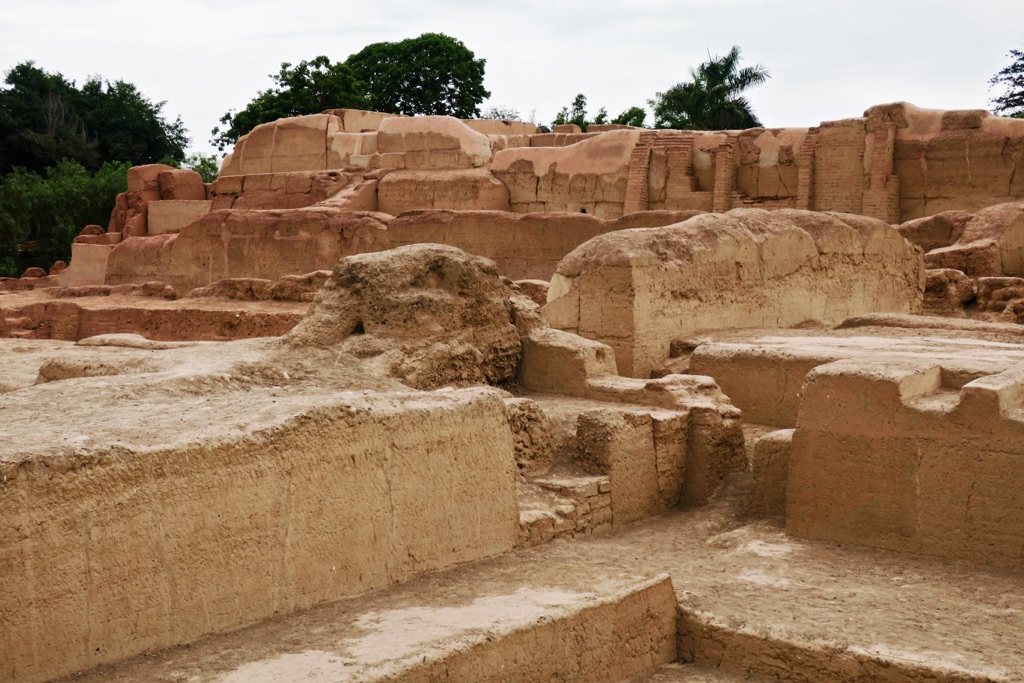The Maranga Archaeological Complex is a pre-Columbian site located in Peru. It consists of numerous pyramids, plazas, and residential structures. The complex is a testament to the architectural prowess of the Lima culture, which thrived in the region between 200 AD and 700 AD. Maranga serves as a crucial link to understanding the social and ceremonial practices of this ancient civilization. The site has been pivotal in shedding light on the urban and religious development in the central Andes during the early Intermediate period.
Get your dose of History via Email
Historical Background of Maranga Archaeological Complex
The Maranga Archaeological Complex was discovered in the modern era, but details of its initial discovery remain vague. It is known that the Lima culture, a pre-Incan civilization, built the complex. This culture is famous for its distinctive art and architecture. The site later saw use by the Inca civilization, evident from the Inca structures atop the pre-existing Lima ones. Maranga has not been the scene of any known historical events post-Incan era, but it has been a focal point for archaeological studies.
The Lima culture, which created the complex, is less known than the Inca but was highly influential in its time. They built Maranga as a ceremonial center, which is clear from the presence of pyramids and plazas. The complex’s strategic location near the Rimac River suggests its importance in the Lima culture’s urban scheme. The Incas, who inhabited the area later, left their mark without erasing the Lima’s legacy, showcasing a historical continuum.
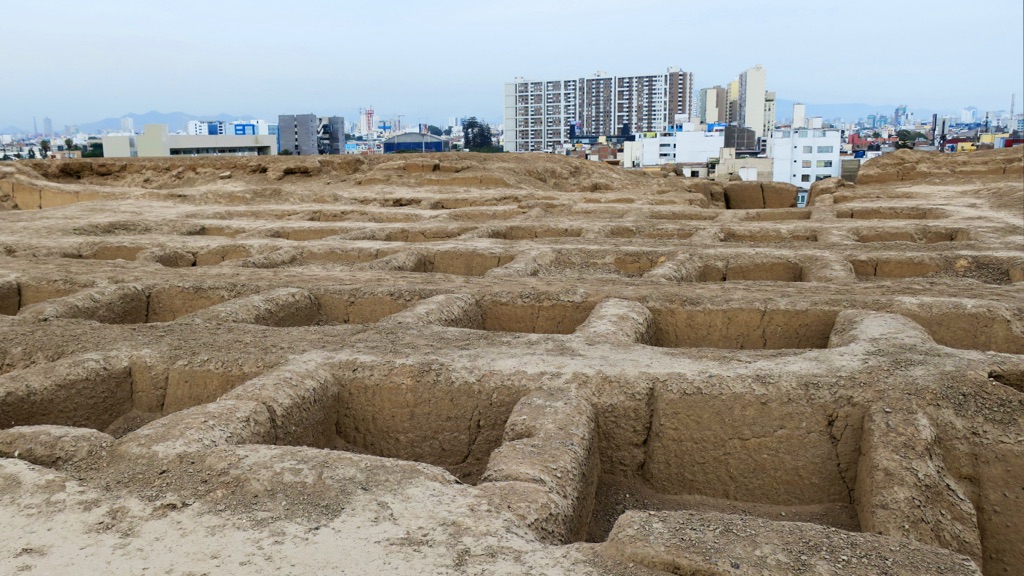
The complex was not fully appreciated until the 20th century when more systematic archaeological efforts began. The Peruvian archaeologist Arturo Jiménez Borja played a significant role in the study and preservation of Maranga. He worked to protect the site from urban encroachment in Lima. His efforts have allowed Maranga to become an important part of Peru’s cultural heritage.
Despite its significance, Maranga has suffered from urban development. Many of its structures have been destroyed or damaged. However, the parts that remain give us a glimpse into the past. They show a society that valued ceremonial construction and had advanced urban planning. The site’s layout, with its pyramids and plazas, indicates a complex social structure and a high degree of organization.
Maranga’s history is still being uncovered. Archaeologists continue to study the site to understand better the people who built it and lived there. Each discovery adds a piece to the puzzle of pre-Columbian history in the Andes. Maranga stands as a silent witness to the rise and fall of ancient civilizations in Peru.
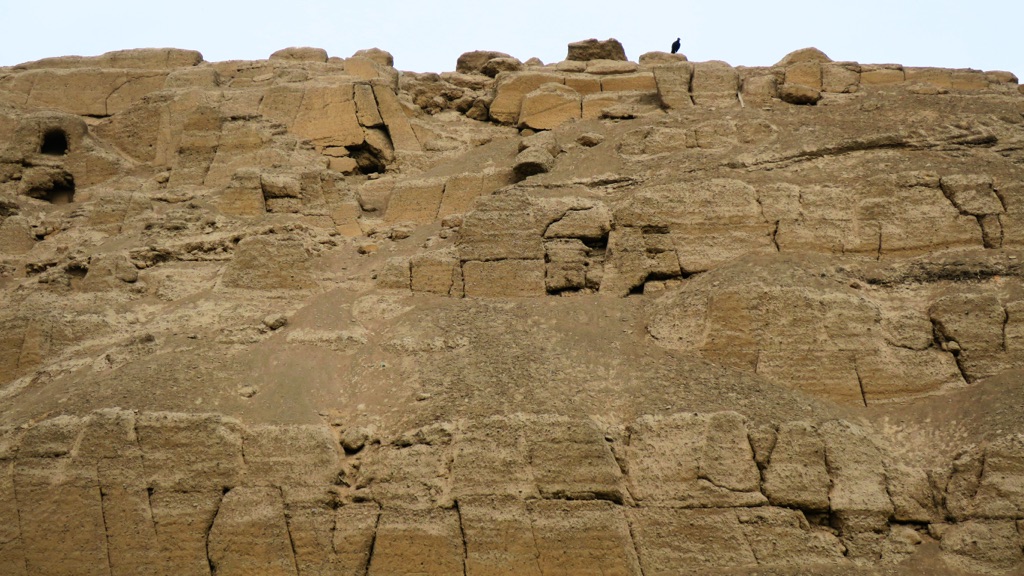
About Maranga Archaeological Complex
The Maranga Archaeological Complex is a sprawling pre-Columbian site. It features a series of adobe pyramids, known as huacas, and other structures. The Lima culture, which flourished in the coastal area of central Peru, built these structures using a combination of mud bricks and clay. The complex showcases the Lima’s advanced construction techniques and architectural innovation.
The most prominent feature of Maranga is the Huaca San Marcos, which is one of the largest pyramids within the complex. It exemplifies the Lima’s mastery of large-scale construction. The pyramid likely served as a central point for ceremonies and governance. The use of adobe bricks in its construction is a hallmark of the Lima culture’s building methods.
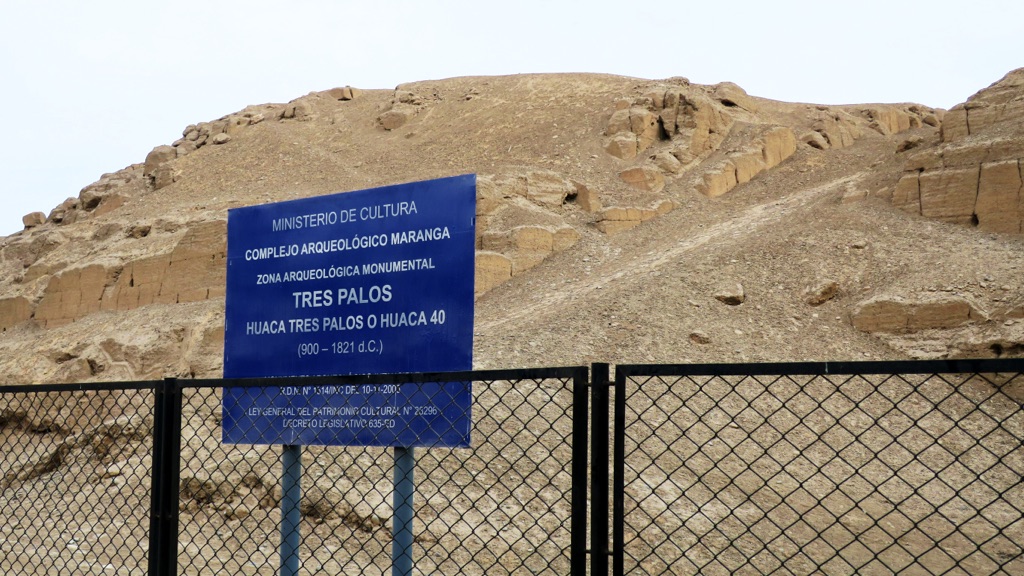
Another significant structure is the Huaca Tres Palos, which provides insight into the architectural diversity within the complex. The complex also includes residential areas, which suggest that it was not solely a ceremonial center but also a place of habitation. The layout of the complex, with its plazas and connecting pathways, reflects a well-planned urban environment.
The construction of Maranga required a significant workforce and resources, indicating a highly organized society. The architectural highlights of the complex, such as the stepped pyramids and sunken plazas, are characteristic of the Lima culture. These features also provide a glimpse into the ceremonial and social life of the inhabitants.
The materials used in the construction of Maranga have withstood the test of time, preserving the complex’s legacy. The site’s preservation allows modern visitors and researchers to appreciate the Lima culture’s architectural achievements. The complex remains a significant focus for understanding pre-Columbian architecture in the Andes.
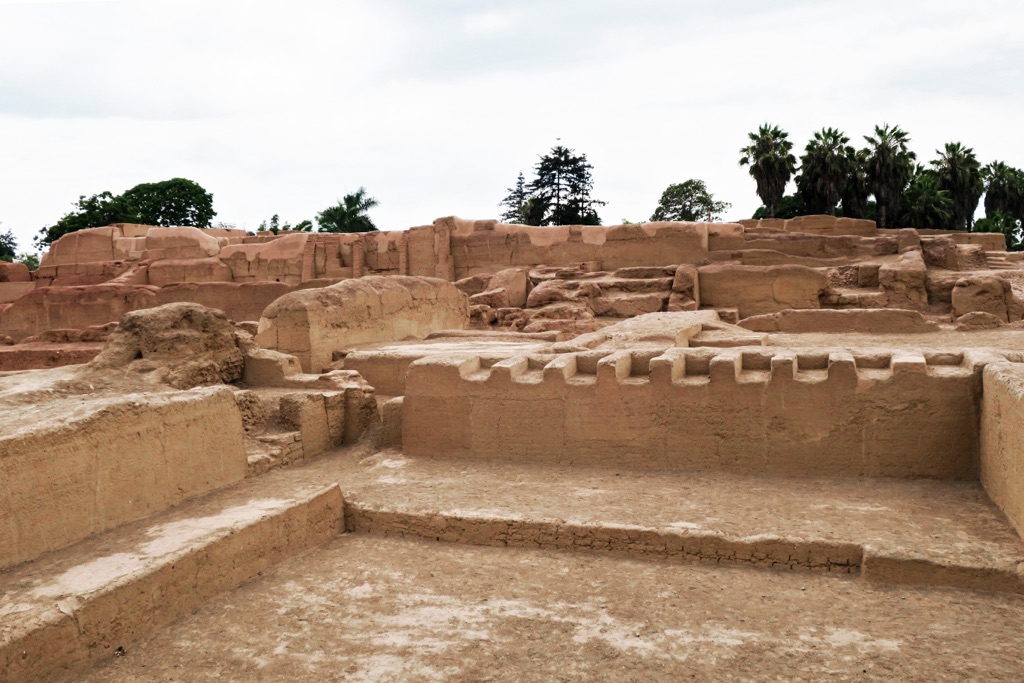
Theories and Interpretations
Several theories exist about the Maranga Archaeological Complex’s purpose and significance. Most scholars agree that it served as a ceremonial and administrative center for the Lima culture. The presence of pyramids and plazas suggests that it was a site of religious importance.
Some mysteries surround Maranga, such as the exact nature of the ceremonies conducted there. Archaeologists have had to interpret the site’s features and match them to historical records. Theories suggest that the complex played a role in astronomical observations, which were crucial for agricultural societies.
Dating of the site has been carried out using various methods, including radiocarbon dating and stratigraphy. These techniques have helped establish the timeline of the complex’s construction and use. The results align with the known history of the Lima culture and their successors, the Incas.
Interpretations of the site also consider the symbolic significance of its architecture. The orientation of the pyramids and the design of the plazas may reflect the Lima’s cosmology and religious beliefs. The complex’s layout is thought to represent a microcosm of the world as understood by the Lima culture.
The Maranga Archaeological Complex continues to be a subject of study. Each new discovery can potentially alter our understanding of the site. The ongoing research contributes to a more nuanced view of the Lima culture and their place in Andean history.
At a glance
Country: Peru
Civilization: Lima culture, later inhabited by the Inca
Age: Constructed between 200 AD and 700 AD
Conclusion and Sources
The information in this article has been obtained from the following reputable sources:
– Wikipedia: https://en.wikipedia.org/wiki/Huaca_Huantinamarca

